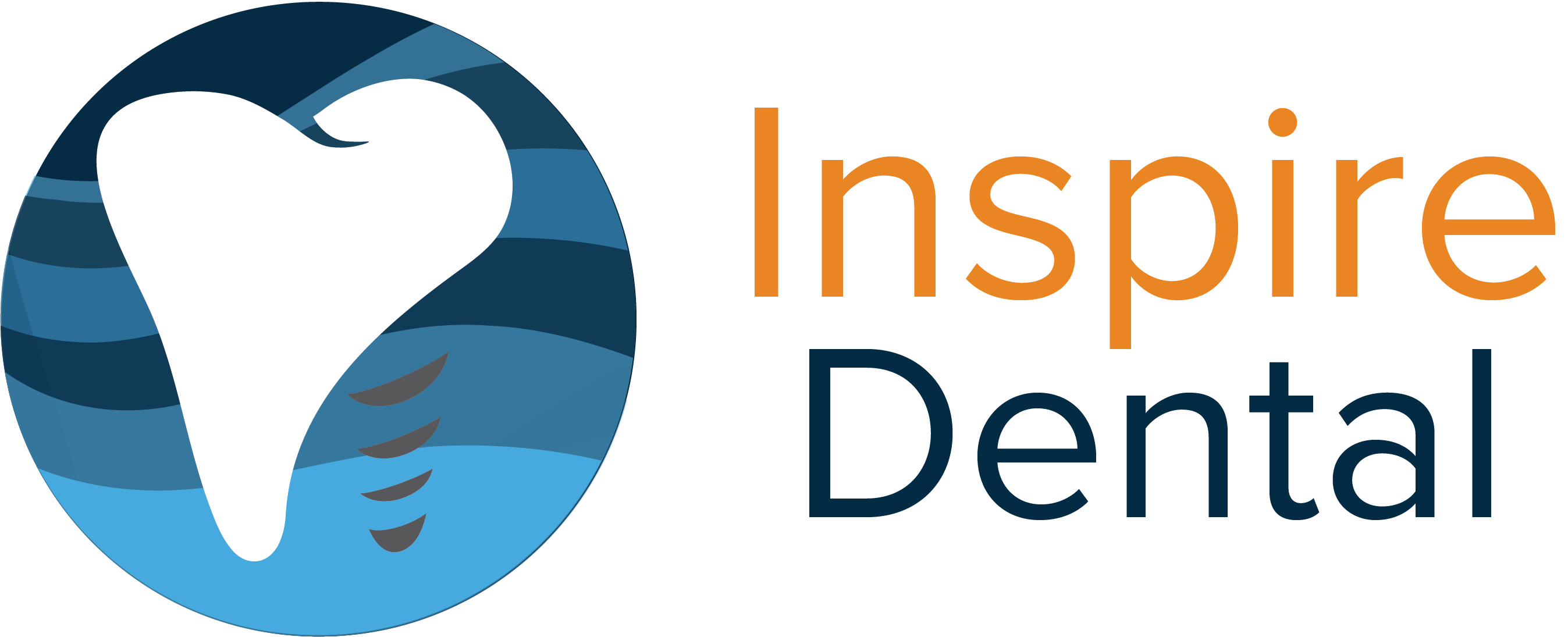Gum contouring is a dental procedure that reshapes the gum line to improve the appearance of your smile. This treatment can correct uneven gums, reduce excess gum tissue, or add gum tissue where needed. It’s a popular option for those looking to enhance their smile aesthetics or address certain dental health issues.
Key Takeaways:
- Gum contouring reshapes the gum line for cosmetic or health reasons
- The procedure can be done with lasers or traditional surgical methods
- Recovery typically takes a few days to a week
- Costs vary but are often not covered by insurance for cosmetic purposes
- Gum contouring can significantly improve smile appearance and confidence
- The procedure is generally safe when performed by a qualified dentist
Understanding Gum Contouring

Gum contouring, also known as gum reshaping or gum lift, is a dental procedure that alters the shape of your gums. This treatment can address both cosmetic concerns and certain oral health issues. Many people seek gum contouring to fix what’s often called a “gummy smile,” where too much gum tissue shows when smiling.
Why People Choose Gum Contouring

There are several reasons why someone might opt for gum contouring:
- Cosmetic improvement: To create a more balanced, attractive smile
- Correcting uneven gum lines: To make the gums more symmetrical
- Addressing excess gum tissue: To reveal more of the tooth surface
- Fixing receding gums: To cover exposed tooth roots
Gum contouring can make a big difference in how your smile looks. It’s not just about looks, though. Sometimes, this procedure can help with oral health too.
The Gum Contouring Process
The gum contouring process usually involves these steps:
- Consultation: Your dentist will examine your gums and discuss your goals
- Planning: The dentist will mark the new gum line
- Anesthesia: Local anesthesia is used to numb the area
- Reshaping: The dentist uses tools to remove or add gum tissue
- Finishing: The gum line is smoothed and shaped
The actual procedure often takes about an hour or two, depending on how much work is needed.
Techniques Used in Gum Contouring
Dentists use different methods for gum contouring. The choice depends on your specific needs and the dentist’s preference.
Laser Gum Contouring
Laser gum contouring is a modern approach that’s gaining popularity. Here’s why:
- It’s less invasive than traditional methods
- There’s usually less bleeding and swelling
- Healing time is often quicker
- The laser seals blood vessels as it works, reducing infection risk
Laser treatment is precise, allowing the dentist to reshape your gums with great accuracy.
Traditional Surgical Methods
Some dentists still use traditional surgical tools for gum contouring. This method might be chosen when:
- More extensive reshaping is needed
- The dentist needs to remove bone along with gum tissue
- Laser equipment isn’t available
While this method can be effective, it often involves a longer recovery time than laser treatment.
Preparing for Gum Contouring
Before you get gum contouring, there are some important steps to take:
- Have a thorough dental exam
- Discuss your goals with your dentist
- Review your medical history
- Stop smoking, if you’re a smoker
- Arrange for someone to drive you home after the procedure
Your dentist will give you specific instructions to follow before your appointment.
The Gum Contouring Procedure

On the day of your gum contouring, here’s what you can expect:
- The dentist will clean your mouth and apply a local anesthetic
- They’ll mark the areas where your gums will be reshaped
- Using their chosen method (laser or scalpel), they’ll carefully remove or add gum tissue
- The dentist will shape your new gum line to look natural
- They may use sutures to close any incisions
The whole process usually takes about one to two hours.
Recovery After Gum Contouring
After gum contouring, you’ll need some time to heal. Here’s what to expect:
- Your gums might be sore for a few days
- You may have some swelling
- Eating soft foods is recommended for the first week
- Avoid hot or spicy foods until your gums heal
- Keep your mouth clean, but be gentle when brushing near the treated areas
Most people can return to their normal activities the next day, but full healing can take a few weeks.
Potential Risks and Complications
Like any medical procedure, gum contouring has some risks:
- Infection
- Bleeding
- Allergic reaction to anesthesia
- Gum recession
- Tooth Sensitivity
These risks are generally low when the procedure is done by a skilled dentist.
Cost of Gum Contouring
The cost of gum contouring can vary widely. Factors that affect the price include:
- The extent of the reshaping needed
- The method used (laser vs. traditional)
- Your location
- The dentist’s experience
Insurance often doesn’t cover gum contouring when it’s done for cosmetic reasons. However, if it’s medically necessary, your insurance might pay for part of it.
| Factor | Potential Cost Impact |
|---|---|
| Laser Treatment | Higher upfront cost, but may reduce overall expenses due to faster healing |
| Number of Teeth Treated | More teeth = higher cost |
| Geographic Location | Prices vary by region; urban areas are often more expensive |
| Dentist’s Expertise | More experienced specialists may charge more |
Choosing a Dentist for Gum Contouring
Picking the right dentist is crucial for a good outcome. Here’s what to look for:
- Experience with gum contouring procedures
- Before and after photos of previous patients
- Positive reviews and testimonials
- Comfort with their communication style
- Up-to-date technology and techniques
Don’t hesitate to ask questions and get a second opinion if you’re unsure.
Alternatives to Gum Contouring
If you’re not ready for gum contouring, there are other options to improve your smile:
- Orthodontic treatment to adjust tooth position
- Veneers or crowns to change tooth shape
- Lip repositioning surgery for very gummy smiles
- Botox injections to reduce gum show when smiling (temporary solution)
Discuss these alternatives with your dentist to find the best option for you.
Long-Term Results of Gum Contouring
Gum contouring results are usually permanent. However, your gums can change over time due to:
- Aging
- Oral hygiene habits
- Certain medical conditions
- Smoking
To maintain your results, it’s important to:
- Practice good oral hygiene
- Visit your dentist regularly
- Avoid tobacco use
- Treat any gum disease promptly
With proper care, your new gum line can last a lifetime.
Gum Contouring for Medical Reasons
Sometimes, gum contouring isn’t just about looks. It can help with:
- Treating gum disease
- Fixing damage from trauma or injury
- Preparing teeth for crowns or other dental work
- Addressing congenital gum issues
In these cases, the procedure might be considered medically necessary.
Combining Gum Contouring with Other Dental Procedures
Gum contouring is often part of a larger smile makeover. It can be combined with:
- Teeth whitening
- Dental implants
- Orthodontic treatment
- Veneers or crowns
Your dentist can create a comprehensive treatment plan to address all your smile concerns.
Patient Experiences with Gum Contouring
Many patients report high satisfaction with gum contouring. Common feedback includes:
- Increased confidence in their smile
- Improved overall facial appearance
- Better oral health (in cases of gum disease treatment)
- Quick recovery and minimal discomfort
However, experiences can vary, and it’s important to have realistic expectations.
Gum Contouring Aftercare
Proper aftercare is crucial for healing and maintaining your results. Here are some tips:
- Follow your dentist’s cleaning instructions carefully
- Use any prescribed mouthwash or medication as directed
- Avoid smoking and alcohol during the healing period
- Eat soft, cool foods for the first few days
- Use an ice pack to reduce swelling
- Attend all follow-up appointments
Your dentist will provide specific aftercare instructions tailored to your case.
| Aftercare Step | Timeframe |
|---|---|
| Soft Food Diet | 3-7 days |
| Avoid Hot Foods/Drinks | 24-48 hours |
| Use Ice Pack | First 24 hours, as needed |
| Gentle Brushing | 1-2 weeks |
| No Smoking | At least 1 week |
The Future of Gum Contouring
Dental technology is always advancing. Future developments in gum contouring might include:
- More precise laser technologies
- Computer-guided reshaping for optimal results
- Regenerative techniques to regrow lost gum tissue
- Minimally invasive methods for faster healing
These advancements could make the procedure even more effective and comfortable.
Conclusion
Gum contouring can be a game-changer for your smile. Whether you’re looking to fix a gummy smile or address oral health issues, this procedure offers a way to reshape your gum line with precision. While it’s important to weigh the pros and cons, many people find that the benefits of gum contouring far outweigh any temporary discomfort or cost.
Remember, a beautiful smile isn’t just about your teeth – your gums play a big role too. If you’re considering gum contouring, talk to a qualified dentist about your options. With the right care and expertise, you can achieve the smile you’ve always wanted. Feel free to visit our website or contact us now to take the first step towards a healthier, more active lifestyle!
